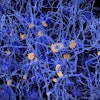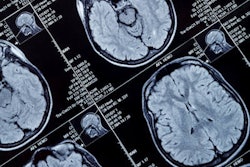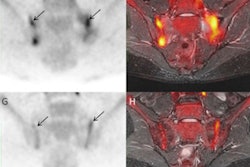Sunday, November 27 | 2:30 p.m.-3:30 p.m. | S5-SSBR02-4 | Room E450B
Breast MRI used on women who present with axillary adenopathy after receiving the COVID-19 vaccination have a low malignancy rate, according to a report to be presented in this session.In his talk, Dr. Derek Nguyen from Duke University will showcase his team's results, which explored supplementary breast MRI's use in analyzing outcomes of adenopathy within one year after vaccination.
In their study of 1,429 patients, the researchers found that 8% (110/1429) had axillary adenopathy, all being unilateral. The team also found that the median time between vaccination and breast MRI exam was six weeks in patients with detected adenopathy. Meanwhile, the median time for patients without detected adenopathy was 15 weeks (p < 0.001).
Additionally, the study authors noted high adherence to recommended axillary ultrasound follow-up recommendations. Out of the 110 patients with detected adenopathy, 88 (80%) adhered to this recommendation. On ultrasound follow-up, adenopathy resolved in 51 patients.
Ultrasound-guided biopsy was performed in 20 of the 88 patients who went to their follow-up ultrasound exam. The researchers noted that there were three malignant outcomes (3.4%). These were all detected on breast MRI, which was performed for disease evaluation in women with recently diagnosed breast cancer.
The team noted that based on their results, radiologists can describe adenopathy ipsilateral after recent COVID-19 vaccination as benign, so long as it doesn't come with a suspicious breast finding or known breast cancer. "This will avoid unnecessary scheduling constraints, patient anxiety, and cost, without delaying diagnosis of metastatic breast cancer," they wrote.
The team's full report can be seen at Nguyen's presentation.



.fFmgij6Hin.png?auto=compress%2Cformat&fit=crop&h=100&q=70&w=100)





.fFmgij6Hin.png?auto=compress%2Cformat&fit=crop&h=167&q=70&w=250)











